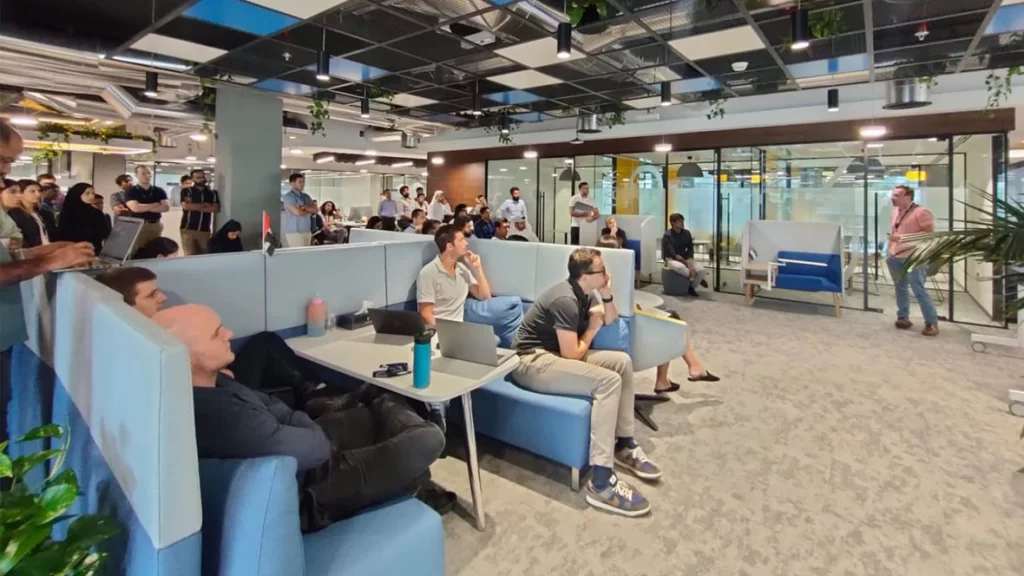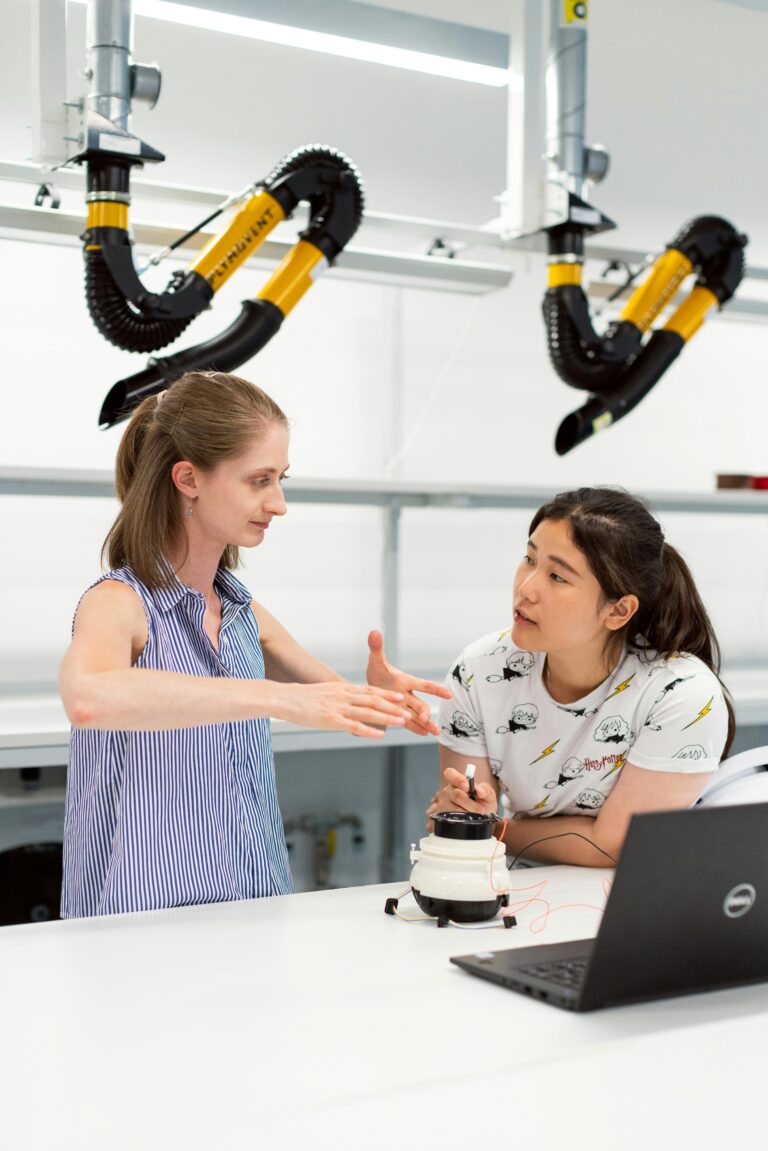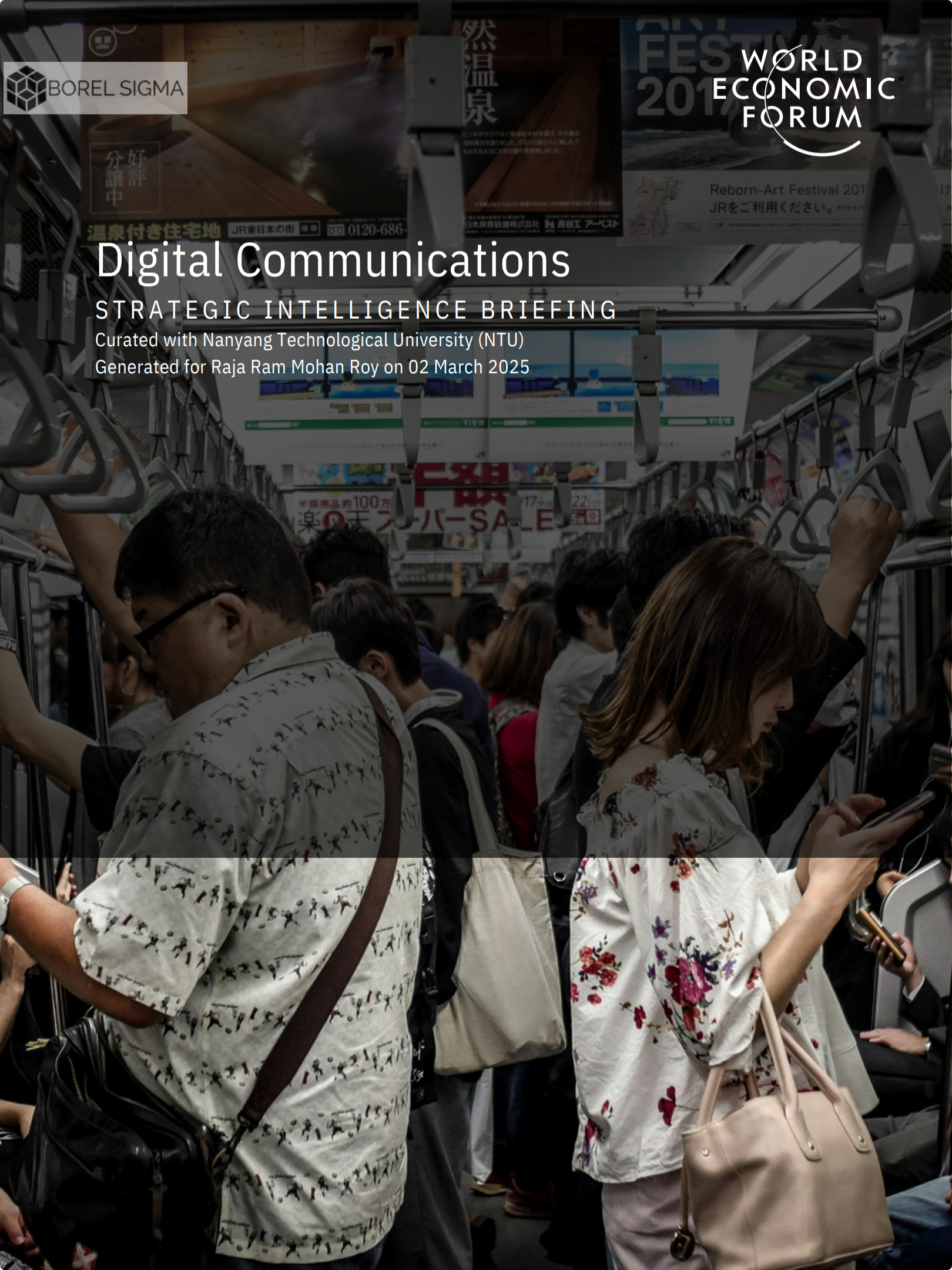Important Cloud Management Tie-Ups in a Global Management Consulting Firm
In an era of digital transformation, cloud technology plays a pivotal role in helping businesses scale, innovate, and remain competitive.
In an era of digital transformation
Cloud technology plays a pivotal role in helping businesses scale, innovate, and remain competitive. For global management consulting firms, having the right cloud management framework and strategic partnerships is essential to deliver efficient, secure, and future-ready solutions to clients across diverse industries. This article explores key cloud management tie-ups and partnerships that help firms navigate the complexities of cloud computing while ensuring seamless business operations and compliance.
Insights and Trends
Public Cloud Providers
Public cloud providers like Amazon Web Services (AWS), Microsoft Azure, and Google Cloud have become the cornerstone of modern enterprise IT infrastructure. These providers offer robust, scalable, and secure cloud environments that allow organizations to host applications, manage data, and ensure business continuity.
Services
The future of Cloud: Public Cloud Partnerships
Scalability & Flexibility
Public cloud solutions like AWS, Azure, and Google Cloud offer high scalability, enabling businesses to rapidly adjust their computing needs as demand fluctuates.
Cost Efficiency
Many organizations are opting for hybrid and multi-cloud strategies to mitigate risks, enhance performance, and prevent vendor lock-in. Hybrid cloud solutions combine on-premise infrastructure with public cloud environments, while multi-cloud strategies involve the use of several cloud providers to manage workloads and data across platforms.
Remember when computers were big
Maybe you don’t; many digital natives learned to type on svelte laptops, not clunky, plug-in ergonomic keyboards. Here’s a little history: when they were first put into use, in the middle of the 20th century, computers could fill a whole room. By the time they started appearing in the households of the tech savvy, they were smaller, about the size of a step stool that could fit under a desk.
The transition from huge to tiny
The operator of a large LEO constellation must monitor and manage the status and functions of thousands of satellites. Recent advances in analytics, combined with improved computing power and artificial-intelligence algorithms, can assist with these functions while reducing response times and operating costs. Likewise, ISL advances that increase throughput also reduce backhaul costs and improve satellite control and network latency. Combining these elements would promote the autonomous and semiautonomous control and management of spacecraft, reducing staffing requirements.
Projects
What’s behind that $3 trillion number?
Rejuvenate
Rejuvenate, which focuses on improving IT capabilities. This includes value from IT savings ($155 billion), operational cost savings ($311 billion), and digital risk reduction ($407 billion). That adds up to a total of $873 billion.
Innovate
Innovate, which focuses on generating new revenue. $612 billion comes from innovation-driven growth, and $1.7 trillion comes from accelerated product development and hyperscalability, for a total of $2.3 trillion.
Pioneer
Pioneer, which covers a range of emerging technologies, including new cloud-based business models and integration with technologies like 5G, blockchain, and quantum computing. Because they’re so new, the impact can’t yet be exactly quantified.

What’s the main reason to move to the cloud?
There isn’t just one. Cost cutting is typically cited as the primary reason—but while cost reduction is certainly a tantalizing possibility with cloud migration, the potential to innovate is a far larger prize.

Considerations for strategy leaders deploying AI
While the journey of the Southeast Asian bank is compelling, strategists should be mindful of several challenges in deploying AI. Generative AI presents well-documented risks, ranging from model bias (historical training data can lead AI.
How large does my organization have to be to benefit from cloud?
Kalinga Swain, Associate Partner
What are the biggest cloud myths?
Based on interviews with more than 50 CIOs, chief technology officers, and cloud leaders at top North American organizations on their cloud programs, we isolated the following about the cloud:


What kind of cloud talent is needed?
The talent demands of the cloud differ from those of legacy IT. While cloud computing can improve the productivity of your technology, it requires specialized and sometimes including full-stack developers, data engineers, cloud-security engineers, identity- and access-management specialists, and cloud engineers. And your organization’s needs will change as you progress on your cloud journey.
What are some cloud risks?
We’ve seen that cloud offers huge cost savings and potential for innovation. But the lift-and-shift approach—simply moving existing applications to the cloud—doesn’t actually reduce costs in the end. To achieve the kind of value they’re looking for, most companies will need to adjust their existing applications to the cloud environment. As we’ve seen, gen AI tools stand to make this process faster and easier.
How will generative AI change how organizations use the cloud?
Generative AI (gen AI) has the potential to transform business, the economy, and society at large. That includes, of course, the way organizations engage with the cloud. Put simply, gen AI could make it easier for organizations to derive value from the cloud. Gen AI has the potential to make cloud a more attractive investment, by both dramatically reducing the investment and time needed to adopt cloud and generating new value by supporting new business and tech use cases.


How will cloud adoption impact different regions?
Organizations based in the Americas have about $1.1 trillion in available cloud value. The Americas lead the world in cloud adoption at present; the value that stands to be captured here is largely through more advanced use cases. North America’s top industry in terms of potential value is retail, which stands to capture nearly $162 billion in gains due to cloud by 2030. (See sidebar “Case study: US Centers for Medicare & Medicaid Services’ cloud journey.”)
What kind of cloud talent is needed?
The talent demands of the cloud differ from those of legacy IT. While cloud computing can improve the productivity of your technology, it requires specialized and sometimes hard-to-find talent—including full-stack developers, data engineers, cloud-security engineers, identity- and access-management specialists, and cloud engineers. And your organization’s needs will change as you progress on your cloud journey.
Executive summary
Medical biotechnology is personalizing medicine by keying on our individual biology, industrial biotechnology is being used to develop more eco-friendly ways of building things, agricultural biotechnology can help feed an expanding global population, and synthetic biology is helping to sustainably produce essential chemicals and materials. Meanwhile environmental biotechnology may yet solve the vexing problem of plastic pollution. However, while recent biotechnology-related advances have opened up incredible new possibilities, they have also created significant ethical issues – as society grapples with concepts like gene-edited babies.
This briefing is based on the views of a wide range of experts from the World Economic Forum’s Expert Network and is curated in partnership with Dr. Sang Yup Lee, Distinguished Professor, Department of Chemical and Biomolecular Engineering, Korea Advanced Institute of Science and Technology (KAIST), and colleagues. The content does not necessarily reflect the views of the Forum.
The key issues shaping and influencing Biotechnology are as follows:

How to maximize the value of a cloud transformation
In May 2024, Sigma Inc profiled more than 80 enterprises for its CloudSights database. Forty percent of them found limited value in their cloud programs. Why? It’s not always clear. Even for companies well on their way to achieving value from cloud investments, it can be difficult to communicate progress to stakeholders and make a case for new investment. We find that the difficulty often boils down to lack of clarity about what is important to measure and lack of rigor in implementing a tracking program.
What’s the main reason to move Interstellar to the cloud?
The unconditional pay gap is quite different from the conditional pay gap, which assesses pay differences of workers in the same job, for example. The unconditional pay gap is largely driven by two key factors: a person’s occupation and the level of seniority a person achieves.


How to maximize the value of a cloud transformation
As with everything else, you can’t manage what you can’t measure. Data dashboards and central governance create the kind of transparency that supports data-backed. Here are that are important to almost any cloud transformation; each should have its own corresponding dashboard.
Editorial Team

What are some examples of different organizations benefitting from cloud?
Different industries, unsurprisingly, see dramatically different benefits from the cloud. High-tech, retail, and healthcare organizations occupy the top end of the value capture continuum. Electronics and semiconductors, consumer-packaged-goods, and media companies make up the middle. Materials, chemicals, and infrastructure organizations cluster at the lower end.
Follow Us on Social Media
EXPLORE A CAREER WITH US
Select topics and stay current with our latest insights









